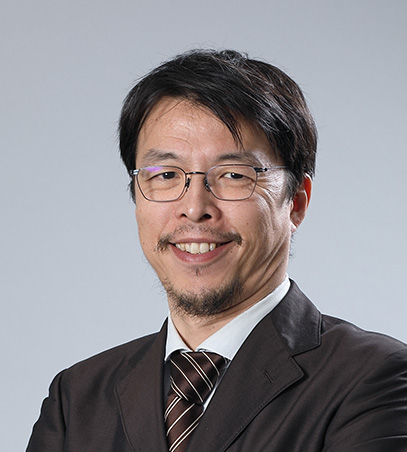HAYASHI Katsuhiko
Deputy Director/Professor/PI
The University of Osaka Graduate School of Medicine
Our researchers
PRIMe researchers from diverse fields of study, nationalities, and backgrounds come together and collaborate “under-one-roof” to conduct interdisciplinary and integrative research.

HAYASHI Katsuhiko
Deputy Director/Professor/PI
The University of Osaka Graduate School of Medicine
Organoid Modeling for Human Reproduction and Infertility
We have succeeded in constructing ovarian and testicular organoids using mouse pluripotent stem cells, in which gametogenesis can be reproduced. By applying these technologies, we will construct a model of human infertility to further understand the underlying pathophysiological mechanisms and develop treatment methods for infertility.
Research content
Reproductive organs have unique developmental and functional properties that regulate both germ cell development and the endocrine system in a sex-dependent manner. Dysfunction of the reproductive organs causes not only infertility but also various types of disease due to a hormonal imbalance. In addition, reproductive organ function is closely related to age, particularly in the ovaries, which have a limited number of primordial follicles, the source of oocytes and hormone production. When follicles are depleted, the ovaries no longer function, causing the symptoms described above. To ensure the longevity of the reproductive capacity, the majority of primordial follicles stay dormant, for decades in human, while some primordial follicles periodically get activated and then undergo oocyte and hormone production. Thus, the balance between dormancy and activation of primordial follicles is an important determinant of reproductive lifespan and associated diseases. However, the mechanisms underlying the balance is poorly understood.
In this research, we aim to identify intrinsic and extrinsic factors that regulate this balance and find their correlation with genomic and clinical information. This will be achieved by construction of reproductive organoids system using patient-derived induced pluripotent stem cells (iPSCs). However, reproductive organs have not yet been systematically reconstituted from human iPSCs. As we are the first in the world to develop mouse culture systems that produce primordial germ cells 1,2, oocytes 3,4 and ovarian somatic tissue5,in which fully functional eggs can be produced from pluripotent stem cells, we will apply this technology to construction of human reproductive organoid and then use as a platform to identify the factors critical for physiological function and longevity of the ovary.

References